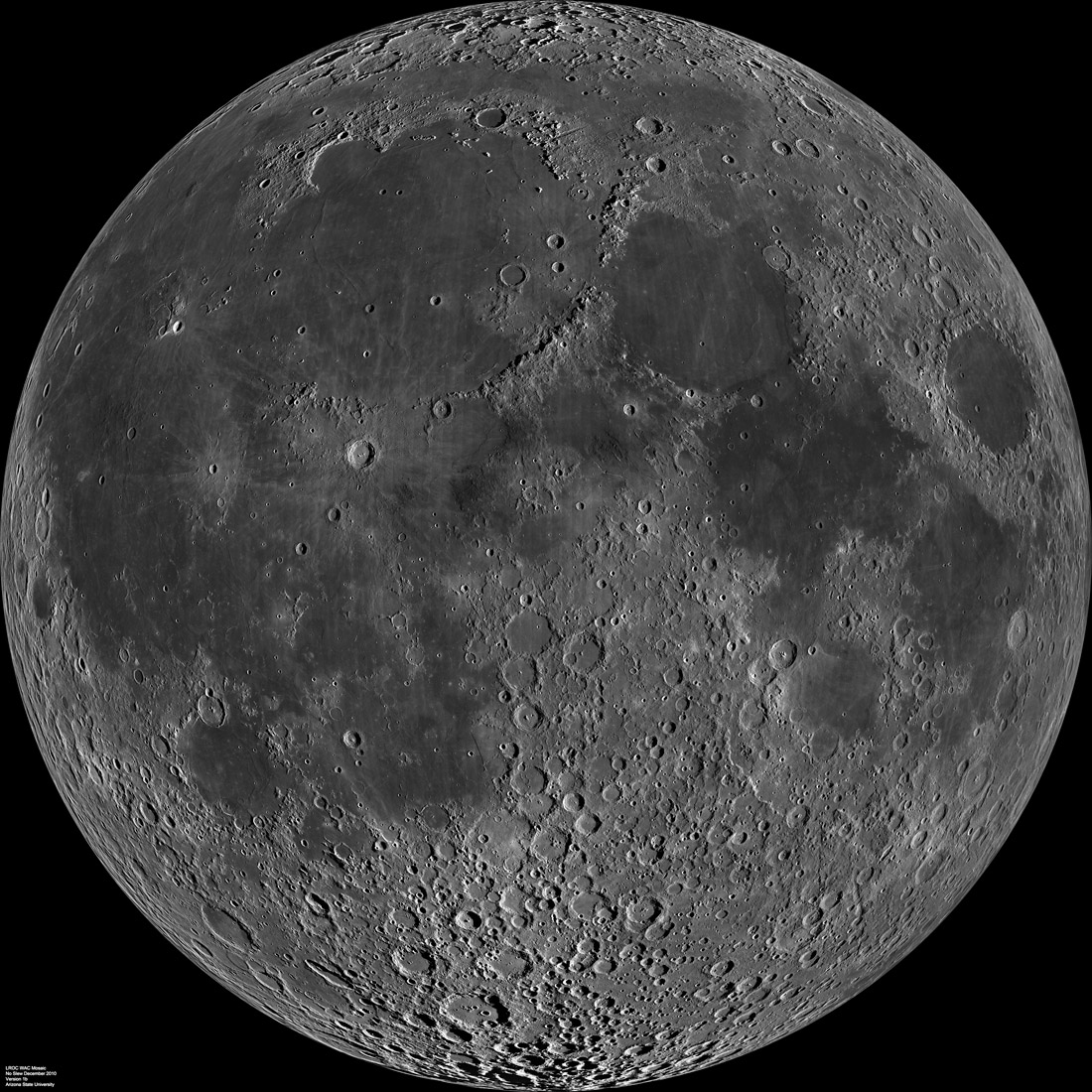Difference between revisions of "February 23, 2011"
| Line 33: | Line 33: | ||
<br /> | <br /> | ||
<strong>Technical Details</strong><br /> | <strong>Technical Details</strong><br /> | ||
| + | <p><b>Yesterday's LPOD:</b> [[February 22, 2011|Ancient Mystery]] </p> | ||
| + | <p><b>Tomorrow's LPOD:</b> [[February 24, 2011|The Top of the World]] </p> | ||
<ul><li>Today's title comes from SandiBandi's expressive comment in the [http://lpod.wikispaces.com/message/view/February+22%2C+2011/34616298 alert] he posted about this mosaic.</li></ul><hr /> | <ul><li>Today's title comes from SandiBandi's expressive comment in the [http://lpod.wikispaces.com/message/view/February+22%2C+2011/34616298 alert] he posted about this mosaic.</li></ul><hr /> | ||
Revision as of 10:53, 7 February 2015
After Years of Wanting And Waiting*

image from LRO Featured Image (NASA/GSFC/Arizona State University). This image is
3% of the diameter of the full resolution one!
We had heavy enough snow overnight that my university was delayed 2.5 hr in opening.
What a well-timed snowstorm, for I had the time to spend over 90 minutes with the full res-
olution version of this spectacular new LRO WAC mosaic of the nearside. About a third
of the time was waiting for the 576 MB tiff file to download over my high speed connection.
And the rest of the time I skimmed across the surface at 145 m/pixel resolution visiting so
many well known places and discovering new things. Check out - on the full res view - the
lava flows in western Imbrium, better seen here than ever before. Look at the weird cratered
interior of Airy, pervasive secondary crater clusters, and almost any where you look, including
some places in the highlands, there are tiny little rilles, many I am completely unfamiliar with.
This Wide Angle Camera mosaic will be the new standard image for geologic interpretations,
comparison with spectral and topographic data, and every other type of lunar investigation.
This marvelous mosaic is not perfect - you can see many of the mosaic boundaries, there are
many small gaps, and the regions near the limb are not always depicted well. But this is just
the first of numerous (I hope) mosaics, with different illuminations. You may be thinking that
your life as a lunar imager, and maybe even as an observer, is over. I don't agree. Yes, it will
be difficult to image features that are not shown far better here, but until a very low Sun mosaic
is released or the altimetry grid becomes considerably finer, observing near the terminator will
reveal low-slope features unseen here. But even if there was no possibility to ever discover any-
thing new on the Moon I would still observe from my back yard because I personally see and
understand things I hadn't before. And just as when I went to Rome last fall the photos I took of
the Coliseum and at the Vatican are more treasured than the far better pictures in books because
I took my photos, I saw the buildings and I made a bond of emotion and understanding with them.
That is what happens every time we look carefully at our Moon.
Chuck Wood
Technical Details
Yesterday's LPOD: Ancient Mystery
Tomorrow's LPOD: The Top of the World
- Today's title comes from SandiBandi's expressive comment in the alert he posted about this mosaic.



